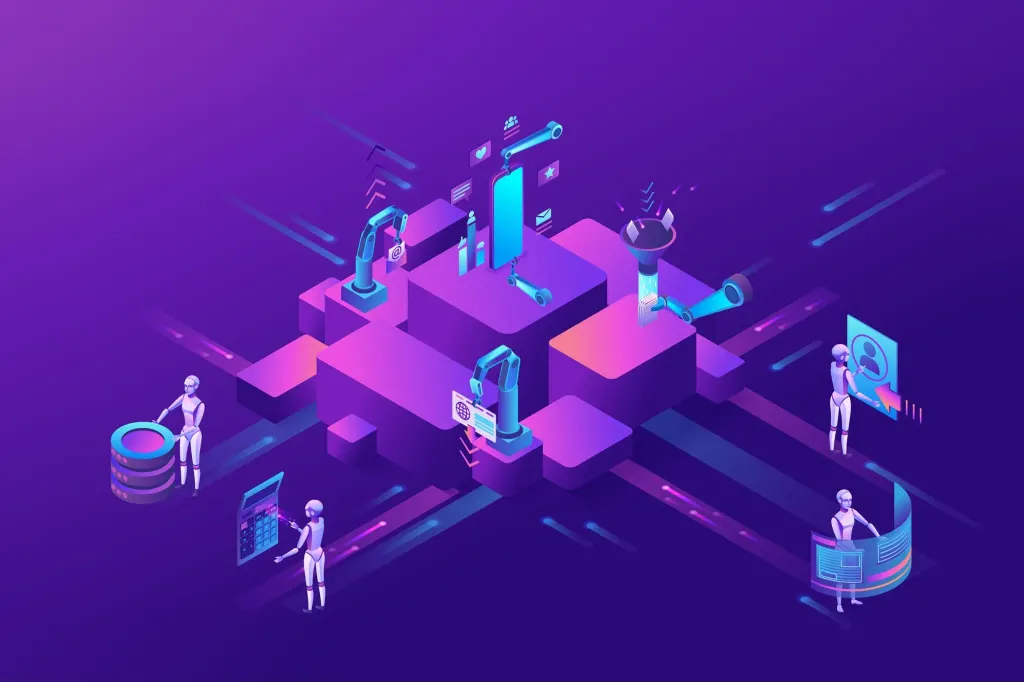Copyright Entrepreneur

Key Takeaways Foresight in enterprise technology is less about predicting the future and more about revealing and addressing the hidden flaws in current systems. The growth of siloed automation has led to an increase in operational overhead, challenging the promise of efficiency through AI and robotic process automation. The solution lies in creating a neutral, independent layer to orchestrate workflows across various technologies, ensuring resilient and unified enterprise automation. While most people believe market foresight is about predicting the future, my experience has taught me it’s rooted in something far more fundamental: the ability to see the hidden architectural flaws in the present long before they metastasize into a full-blown crisis. As enterprises bet their futures on AI and automation, it is these unseen flaws that now pose the single greatest threat to their success. This lesson became clear to me about six years ago. At the time, my consultancy was implementing robotic process automation (RPA) — software tools designed to automate repetitive digital work — when I began to see a disturbing paradox unfold. Even as my clients were automating more processes than ever, their operational overhead was somehow increasing, forcing them to spend more time and resources managing the very bots that were meant to be saving them money. This constant state of reactive maintenance revealed a truth that went far beyond a minor growing pain, serving as the first clear signal that the industry was building on a foundation of fragmentation, causing the promise of scaled automation to quietly collapse under its own weight. Related: How Inefficient Processes Are Hurting Your Company The allure of accumulation The conventional wisdom that drives this paradox is the allure of accumulation — a mindset where the default response to any new problem is to simply add another tool. I saw firsthand, however, how this approach mistakes the collection of technologies for genuine strategic progress, creating a new and insidious kind of fragility in my clients’ operations that undermined the very resilience automation promised. This fragility forced me to look deeper for the root cause. The real barrier to scaling, I soon realized, wasn’t the capability of any single tool, but the simple fact that business processes don’t live in silos. A real-world business process, for instance, often needs to cross from an RPA bot to a specialized AI and then to a human expert for a final decision. But the tool-centric approach created a collection of high-performing yet fundamentally disconnected parts, leaving the enterprise to stitch them together with brittle, manual workarounds. The result was a system held together by the digital equivalent of duct tape — the same kind of patchwork solution I now see holding many promising AI initiatives together, and one that is destined to snap. Conviction in the quiet People often ask if I follow a specific framework for seeing where a market is headed, but the truth is, my approach has always been one of immersion — a process of digging into a problem so deeply that the solution becomes impossible to ignore. For years, I was surrounded by the market’s operational mess of siloed automation, seeing the finger-pointing when a process broke and the frustration of leaders who were promised transformation but were instead handed more complexity. That immersion revealed that the solution to a problem whose consequences I knew would only escalate over time was a neutral, independent layer to serve as the unifying brain for the entire automation stack. This layer would need to orchestrate workflows across any technology, from any vendor, and for a time, holding onto that conviction was a lonely place to be. At times, it felt like trying to sell an umbrella on a sunny day — until the storm hit. Industry analysts weren’t talking about it, and some investors told me the market for such a thing was ten customers, at most. But what I had seen on the front lines told me the problem was universal, even if most companies couldn’t yet articulate it. That insight eventually became the architectural blueprint for C TWO, the company I built to solve the problem no one else seemed willing to address. Related: Balancing Leadership With Speed and Stability Is the Key to Growing Your Company Building for tomorrow while surviving today However, forming a company around that architectural blueprint marked the beginning of an entirely new and far more pragmatic challenge. After all, having a vision for a market that doesn’t exist yet is one thing, but surviving long enough for it to materialize is another entirely. That reality forced me to balance the long-term vision with the immediate need to deliver value, a realization that grounded my entire strategy in the core philosophy of maintaining belief in the long game by delivering undeniable proof in the short game. Fortunately, that proof came from solving the immediate, painful problem of managing siloed RPA bots. While addressing their operational challenges wasn’t my endgame, it delivered the tangible value I needed to fund the bigger vision. More importantly, it provided a real-world environment where I could build and battle-test the orchestration engine I knew the market would eventually need when the next wave of AI technologies arrived. This journey required a disciplined focus on the foundation, which meant investing heavily in the core engine’s stability and security, even when it felt like I was hiding the most visionary parts of the story under the hood. The importance of that resilience was driven home when I lost a major flagship customer early on, a painful setback from which I learned a vital lesson that a failure in execution doesn’t mean your vision is wrong, it just means you have more to learn. Related: The 3-Step Framework for Leaders to Lead with Confidence The call to see the flaws Today, the architectural flaw I saw six years ago is no longer a niche problem; it has become the default state of enterprise technology. The explosion of specialized AIs and agentic systems has made the chaos of disconnected tools an undeniable reality, and simple awareness of the issue is not a strategy. It requires a shift in perspective, one I learned through my own journey of finding a single flaw before it became a crisis. The challenge for every leader today is to find the ones hiding in their own organizations before the immense scale and speed of AI does it for them. The question is no longer if you will adopt next-generation automation, but on what foundation you will build it. Will it be on an architecture of disconnected parts, held together by hope and digital duct tape? Or will it be on a resilient, orchestrated core designed for the complexity of the modern enterprise? For leaders building the organizations of tomorrow, the imperative is clear: The focus must shift from accumulating more tools to building the architecture that unifies them. That is the foresight that truly matters now.



